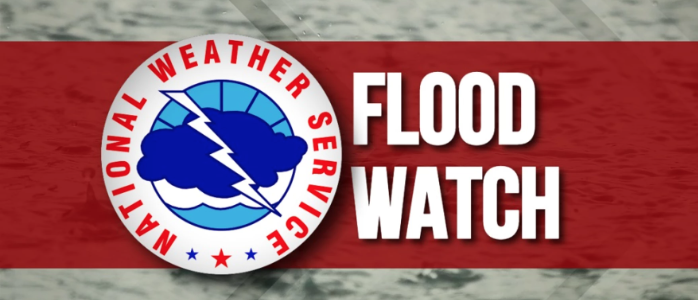— from Russel Barsh —
The massive Heterosigma bloom around Orcas was still going strong twelve days since it was first observed on June 7. When local volunteers seined in the eelgrass meadow around Indian Island on June 16 they saw only a handful of distressed fish, however. Overall, fish abundance seemed about normal for this time of year. Dead cockles and mud shrimp were scattered around the beach, suggesting oxygen deprivation in beach sediments, but Kwiaht researchers say that this happens after any large algal bloom in East Sound, not just Heterosigma. Despite its size and duration, the ecological impacts of this month’s bloom appear thus far to be quite limited.”
I have to say that we were shocked at statements made to the Seattle press by Cornell University researchers to the effect that the Sea Stars around Indian Island would be extinct within weeks. I have personally been monitoring Indian Island for Sea Star Wasting Syndrome since last fall, and a very small proportion have been showing signs of disease.
Also, there has been no clear decline in total numbers. As the weather warms, disease incidence may increase, but also fewer Sea Stars venture into the intertidal zone, so there could be a “false positive” such as we see with rabies in bats: the ones you can see are more likely to be sick because they cannot move away to safety. Most animal species suffer disease outbreaks periodically (think of the islands’ racoons, which suffer a distemper cycle) but as long as a modest number of them survive each cycle, they survive over the long term.
**If you are reading theOrcasonian for free, thank your fellow islanders. If you would like to support theOrcasonian CLICK HERE to set your modestly-priced, voluntary subscription. Otherwise, no worries; we’re happy to share with you.**





